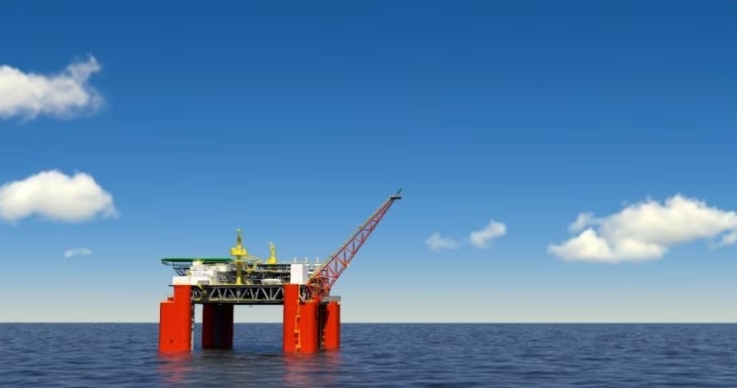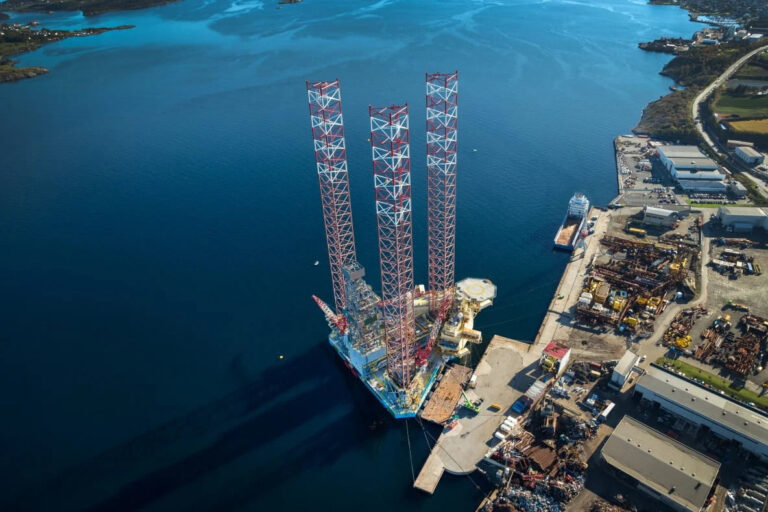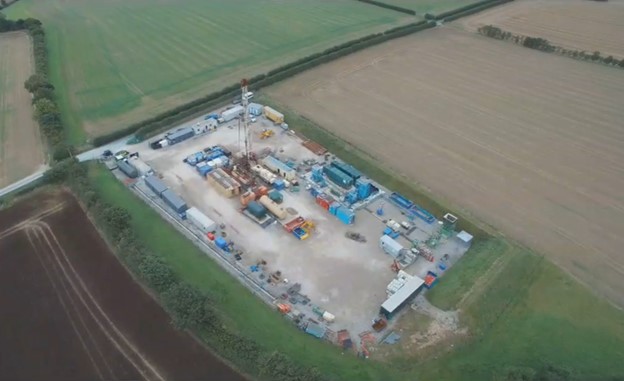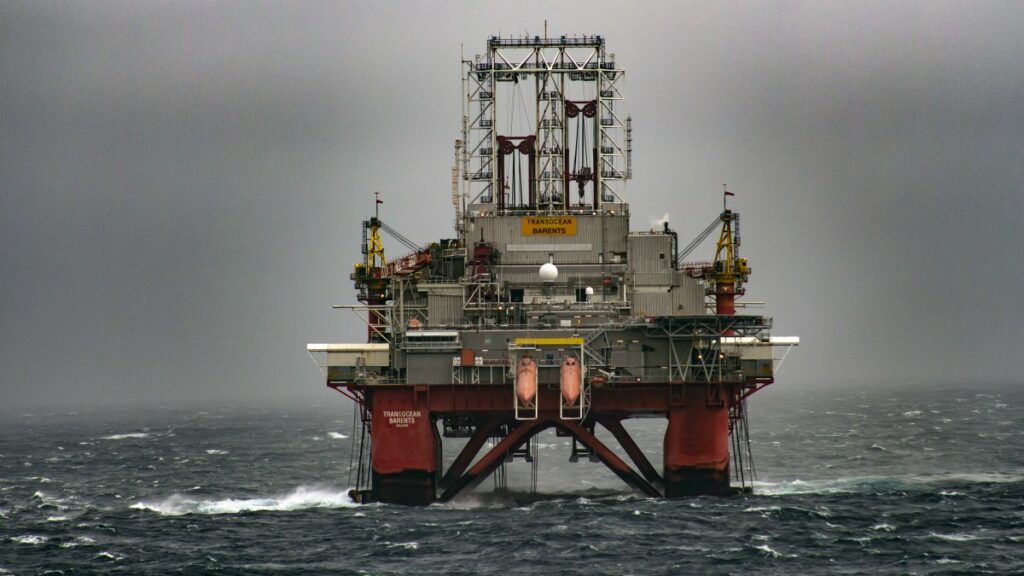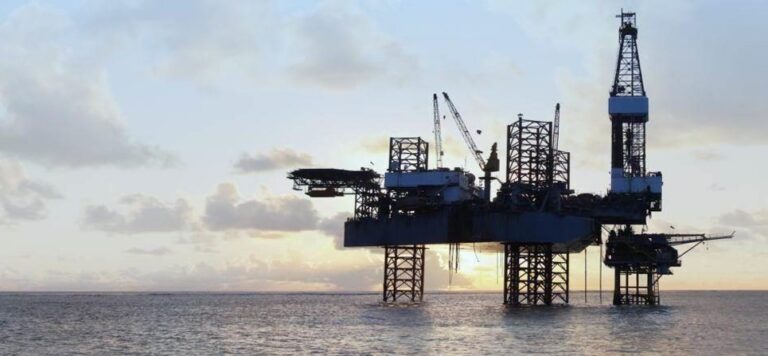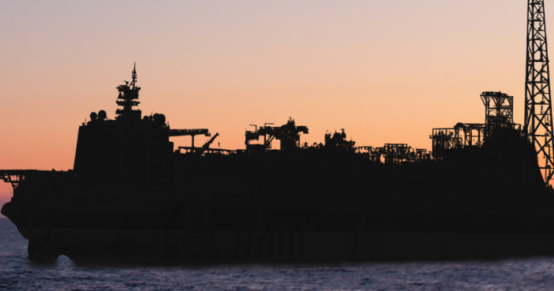Chartered gas carriers will be used for trading LNG contracted by PGNiG with American suppliers. Two modern tankers will enter service in 2023. Norwegian Knutsen OAS Shipping selected in the tender will be responsible for the delivery and servicing of vessels.
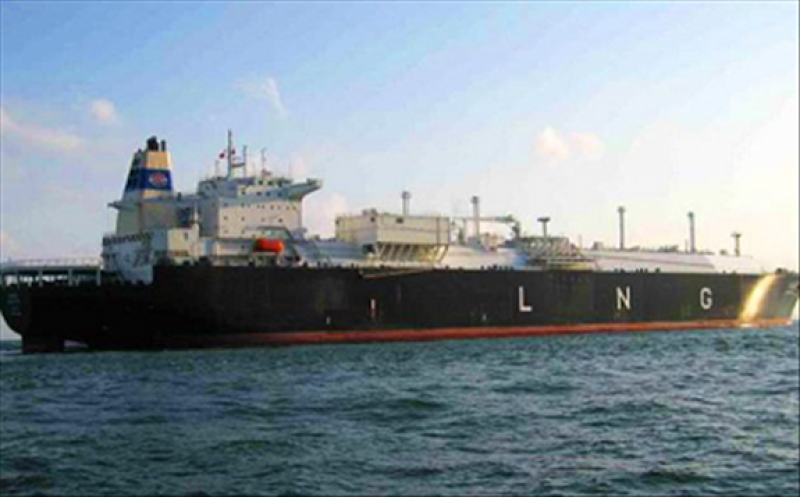
The LNG carriers are two units with capacity of 174 000 m3 each, which means the size of the cargo that each vessel will be able to transport is approximately 100 million m3 after regasification. The time of putting these vessels into service will coincide with the commencement of operation of the Calcasieu Pass terminal. This is the first of two LNG exporting facilities built by the US company Venture Global LNG, which PGNiG has signed one of the long-term contracts with.
The tender procedure for the charter service for the PGNiG Group was participated by several companies. The proceedings were conducted by the PGNiG’s LNG trade office in London, part of PGNiG Supply & Trading, which is a competence centre for trading in LNG for entire PGNiG Group. Experience in the implementation of LNG transport, technical parameters of the vessels offered and price competitiveness of the offers were taken into account when selecting the shipowner and operator. According to the contract signed with Knutsen OAS Shipping the chartering period for both vessels is 10 years with possibility of extension. As the shipowner and operator, the company will be responsible, among others, for staffing the vessels and taking care of their technical condition throughout the term of the contract.
Currently, the volume of contracts for US LNG in the PGNiG import portfolio amounts to approx. 9.3 billion m3/y after regasification. Approximately 7 billion m3 will come from contracts concluded in the FOB trading formula, according to which PGNiG is responsible for loading LNG at the supplier’s export facility, transport and unloading at the destination port. For this reason, the company needs transportation capacity, but also gains flexibility in managing LNG volumes. The cargo may be sent to Poland or – if sold on the market – to another LNG import terminal in the world.
